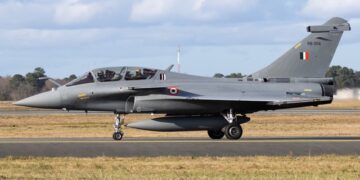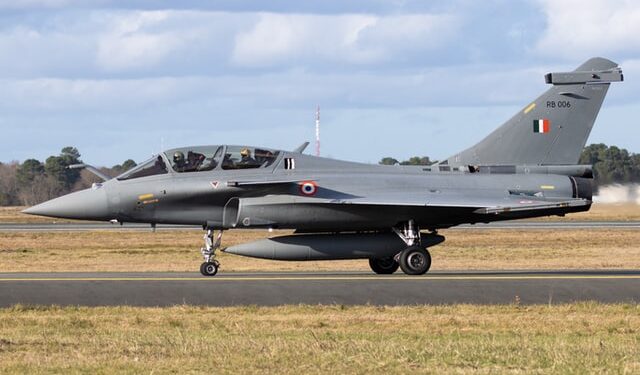Last year India received the first of 5 of 36 contracted in a US$9 billion deal signed between India and France in 2016. Recent news of a deal for the United Arab Emirates to acquire a staggering 80 Rafale jet fighters for $19 billion have been announced this past week.
Former IAF Chief Birender Singh Dhanoa told Hindustan Times “that Rafale with its top of the line electronic warfare suite, Meteor beyond visual range missile and SCALP air to ground weapon with its terrain following capability outguns any threat that the Chinese Air Force produces”. According to experts the “Rafale is far superior to the J-20, the Chengdu fighter of China and J-20 weapons system no match for Rafale”. The Rafale has a superior engine in terms of reliability, longevity, and maintainability; superior combat abilities; higher weapons and fuel load, is battle hardened from use in Afghanistan, Libya and Syria; and has lethal missile power with precise air-to-air interception and air-to-ground strikes.
The Rafale jets had a smooth landing at Ambala air force base and were greeted with India’s world renowned hospitality including a warm welcome from Navy’s warship INS Kolkata in the Arabian sea, 2 Su-30MKI jets that flanked them in the air for a majestic bird formation and a water salute upon landing.
Defence Minister Rajnath Singh posted on his twitter page “This aircraft has very good flying performance and its weapons, radar and other sensors and Electronic Warfare capabilities are amongst the best in the world. Its arrival in India will make the IAF much stronger to deter any threat that may be posed on our country.” He wrote a few more posts including thanking France and PM Shri Narendra Modi, as well as kindly letting China know to leave India alone. He posted “I would like to add, if it is anyone who should be worried about or critical about this new capability of the Indian Air Force, it should be those who want to threaten our territorial integrity.” Though Minister Singh did not explicitly mention China, the arrival of the Rafale comes six weeks after a deadly clash between China’s People’s Liberation Army with Indian defence forces in Ladakh’s Galwan area following PLA’s attempt to enter Indian territory and leading to the death of 20 Indian soldiers, the deadliest fighting between the two countries since the Sino-Indian War of 1962. China’s actions to build structures on Indian territory seem all the more aggressive, given that they seemed designed to take advantage of the global disarray caused by the Coronavirus Pandemic.
For India the Rafale acts as a deterrence by India from attacks on its territorial integrity, at a time of heightened border tensions with its neighbors Pakistan, Nepal, and China. For France, it offers something more a way to remain relevant in global geopolitics after the setback of the AUKUS deal.







































